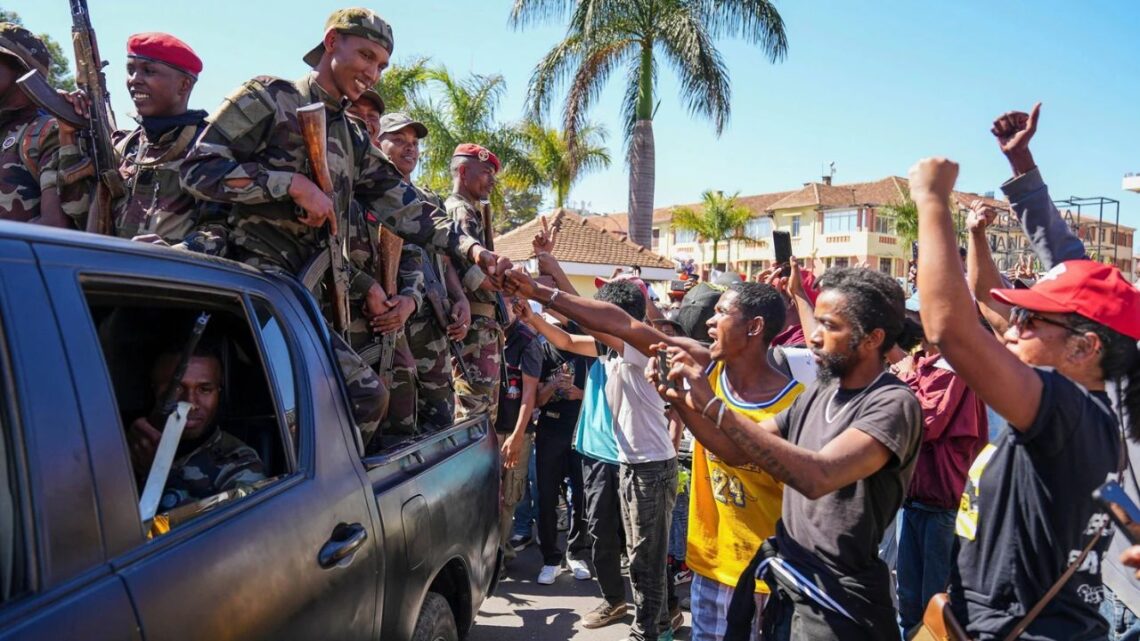The Gen Z-led protests in Peru during October 2025 became one of the most powerful youth movements in Latin America’s recent history.
Sparked by a controversial pension reform, the protests quickly grew into a nationwide call for justice, economic fairness, and political accountability.
What began as a fight against a single law soon evolved into a symbol of generational frustration in a nation long plagued by corruption, inequality, and insecurity.
Key Facts at a Glance
| Key Information | Details |
|---|---|
| Start of Protests | Mid-September 2025 |
| Main Trigger | Mandatory pension reform (Law N.º 32123) |
| Casualties | 1 dead, over 100 injured |
| President Involved | Dina Boluarte (removed on October 10, 2025) |
| Current President | José Jerí (interim) |
| Main Participants | Gen Z activists and young workers |
| Protest Locations | Lima, Arequipa, Cusco, Trujillo, Moquegua |
| Major Demand | Repeal of pension law, government reform, justice for victims |
The Trigger: Pension Reform Controversy
The immediate cause of the unrest was a new pension law introduced in early September 2025. It required all adults aged 18 and above—including informal workers—to enroll in a pension fund. For millions of Peruvians in the informal economy, this meant new deductions from already limited income.
Young people viewed the reform as unfair and exploitative, claiming it favored private pension companies over citizens. The frustration spread quickly across social media, turning a financial grievance into a national protest for economic justice.
Deeper Causes Behind the Movement
1. Political Instability
Peru has seen seven presidents in less than a decade, creating widespread public distrust.
Former President Dina Boluarte faced accusations of corruption and abuse of power, with approval ratings dropping to single digits. Her impeachment in October 2025 did little to calm the situation.
2. Corruption and Inequality
Years of alleged misuse of public funds, rising costs of living, and low wages have made young Peruvians feel left behind.
Many believe the system benefits the elite while ordinary people face low job security and poor education access.
3. Insecurity and Crime
Rising gang violence, extortion, and drug trafficking have deepened fear across Peru. For Gen Z, already battling limited opportunities, insecurity has become another reminder of government failure.
Timeline of Key Events
| Date | Event |
|---|---|
| 13 September 2025 | First youth rallies held in Lima against the pension law. |
| 20 September 2025 | Protests spread to multiple regions, police clashes begin. |
| 2 October 2025 | Several protesters detained, including minors. |
| 10 October 2025 | Congress impeaches President Dina Boluarte; José Jerí becomes interim president. |
| 15 October 2025 | Major clashes in Lima lead to one death and over 100 injuries. |
| 16 October 2025 | Demonstrations expand, protesters demand deep political reform. |
Who Leads the Gen Z Movement?
The Peruvian Gen Z movement is largely leaderless and decentralized. Young citizens organize through TikTok, X (formerly Twitter), and WhatsApp, spreading messages, plans, and live updates in real time.
Protesters have rejected traditional political figures, emphasizing independence and unity under a shared demand: “Change the system, not just the leaders.”
This digital-first activism makes it harder for authorities to suppress or infiltrate the movement, as leadership is collective rather than individual.
The Impact and What Comes Next
The protests have already changed Peru’s political landscape. With Dina Boluarte removed and José Jerí stepping in as interim president, pressure is mounting for systemic reforms. Youth groups are demanding:
- Immediate repeal of the pension reform
- New elections and dissolution of Congress
- Stronger anti-corruption measures
- Better job opportunities and education support
- Justice for victims of police violence
If ignored, analysts warn the protests could intensify, reshaping Peru’s democratic future and becoming a defining generational movement.
The Gen Z movement in Peru represents more than anger—it is a generational demand for dignity, justice, and transparency. The 2025 protests are not just about pensions but about ending decades of failed leadership.
From Lima’s historic plazas to small provincial towns, Peru’s youth have made their voices clear: they are done waiting for change—they are here to create it.
